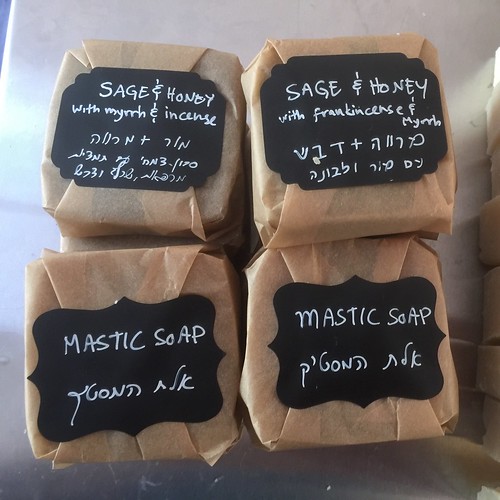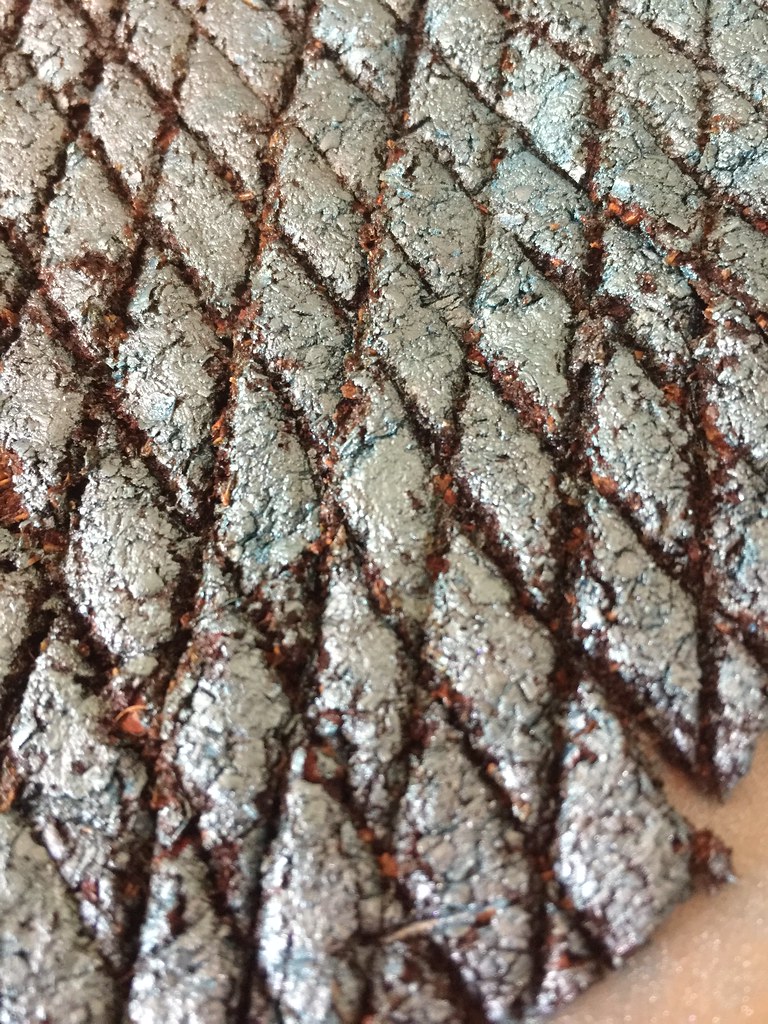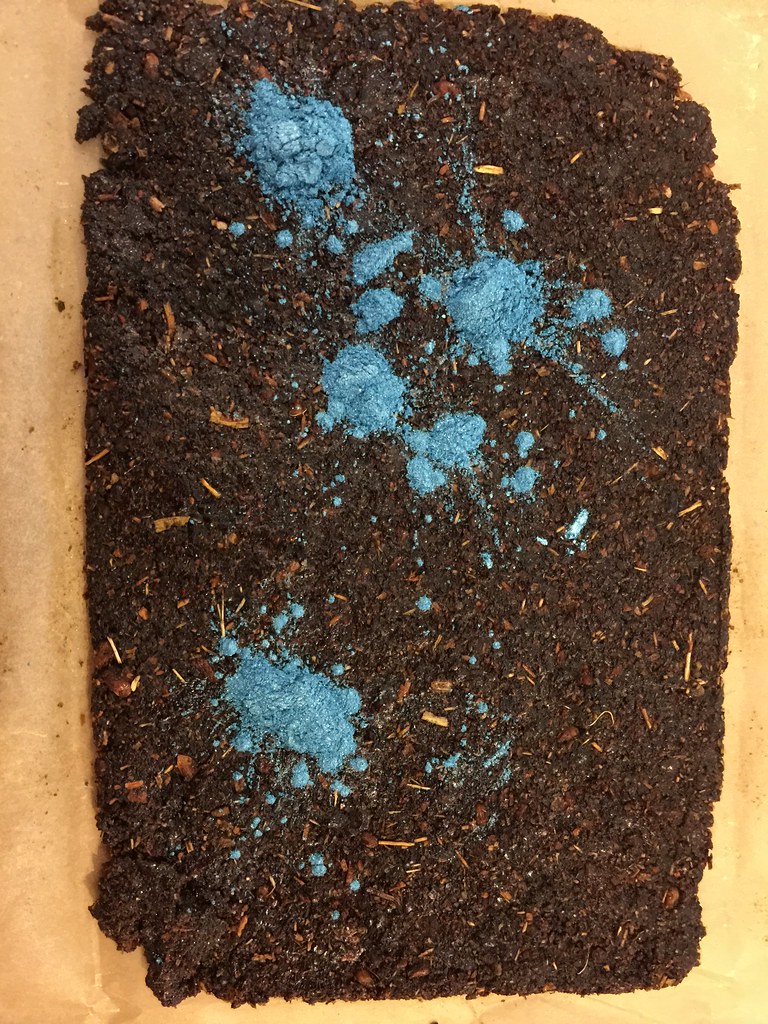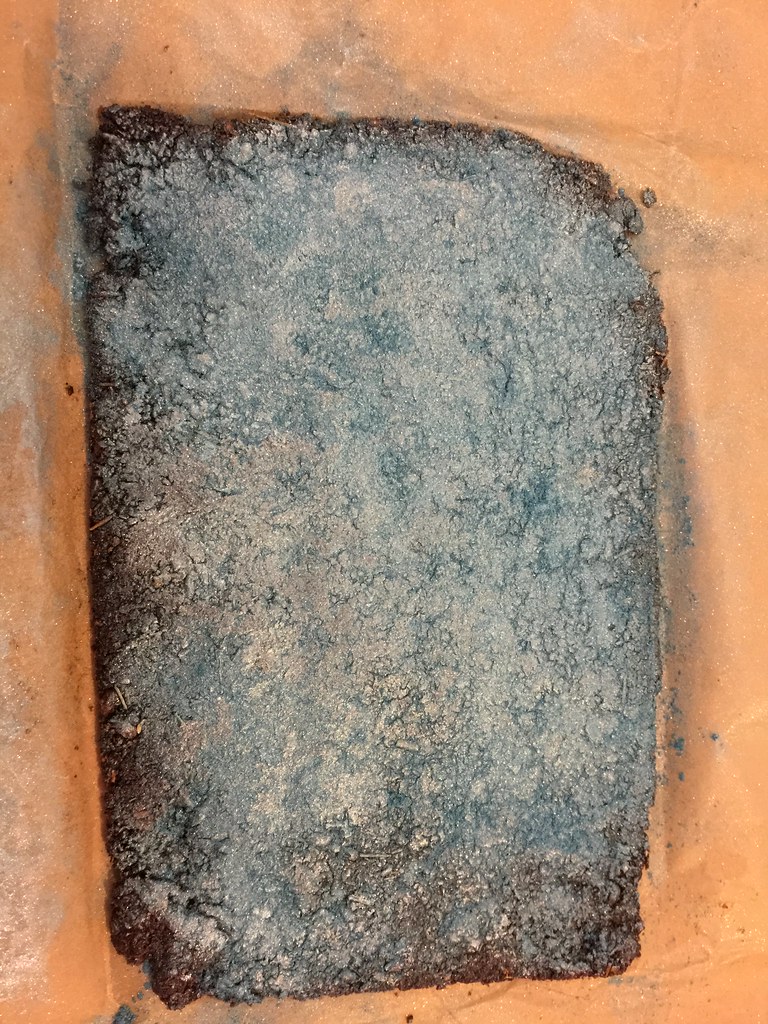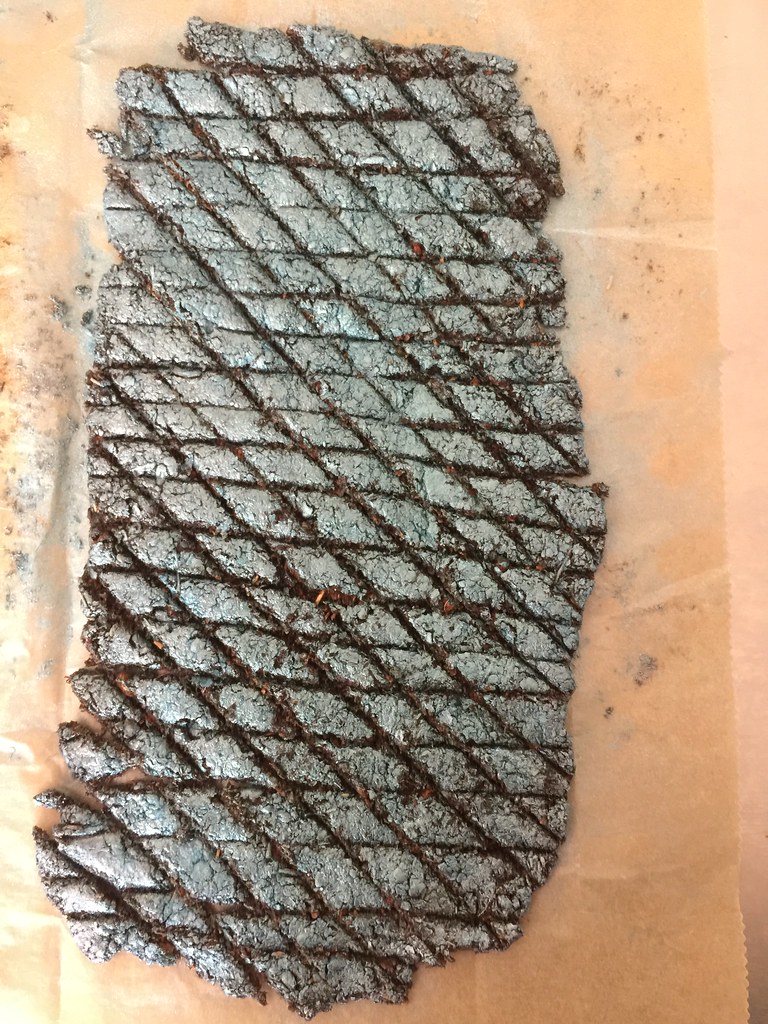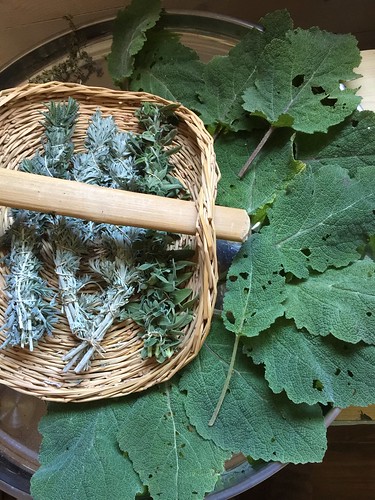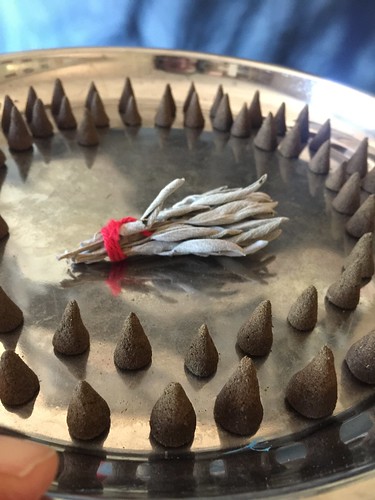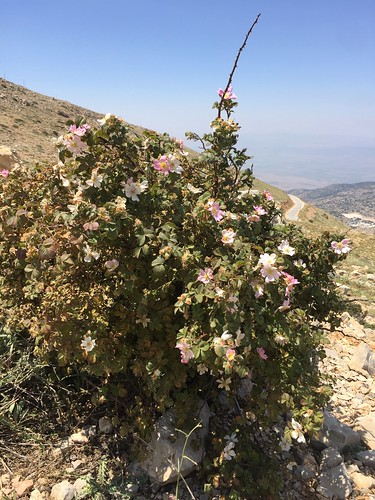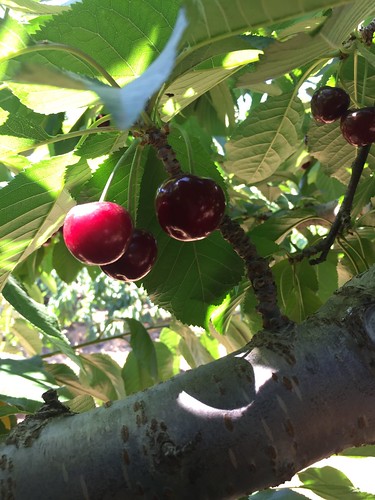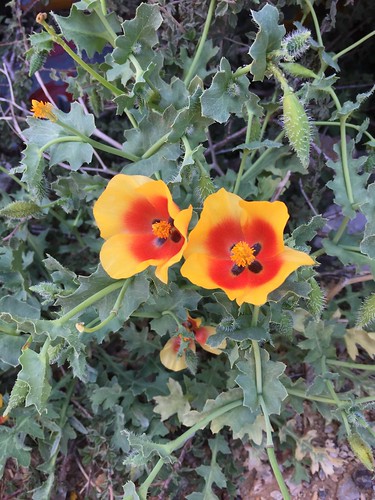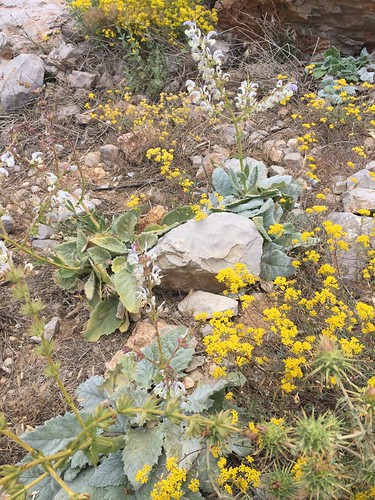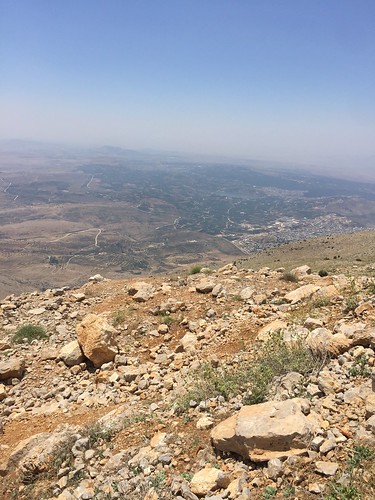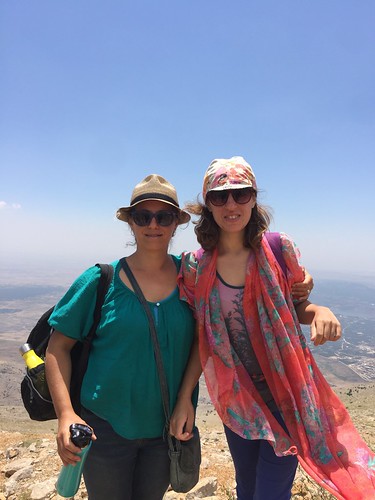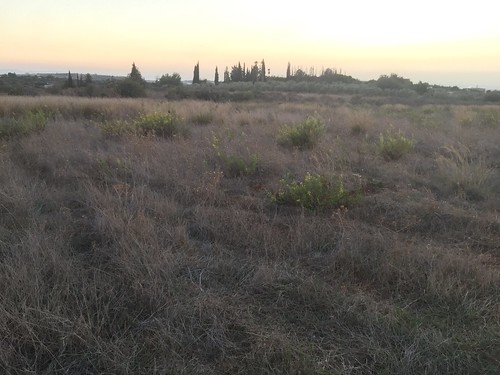 Elecampane
Elecampane meadow at sunset. This is where me and my mom harvested younger leaves and flowering tops for my soap making and oil infusions.
Elecampane (
Innula viscosa/Dittrichia viscosa (L.) W. Greuter/ Cupularia viscosa (L.) Gren. & Godr.) is a plant with many herbal medicine attributions and healing powers, at least forty different ailments according to the folk medicine of Palestine, chief among them hypertension, relief of swollen feet and legs (common during pregnancy), bruises, diabetes, herpes and rheumatism, infertility and for treating dry skin and for its anti-aging properties.
Modern medicinal uses include: treating intestinal worms, cracked skin, athlete's foot, blood coagulation, topical disinfectant for wounds, and more.
Additional uses: The woody twigs and branches from this perennial bush can be used for bonfires, primarily for baking flatbread. Extracts of the plant are also used to treat various plant diseases (especially of bacterial or fungal origin), and also the plant itself has a tendency to stop the growth of other weeds around it. Another useful application is in deterring insects. In Spain entire branches are hang to keep flies at bay. I will have to try this because they tend to get out of control at this time of the year.
The young leaves are pickled in vinegar and can be eaten. I'm still trying to find out what this strange flavour and brought texture could go with.
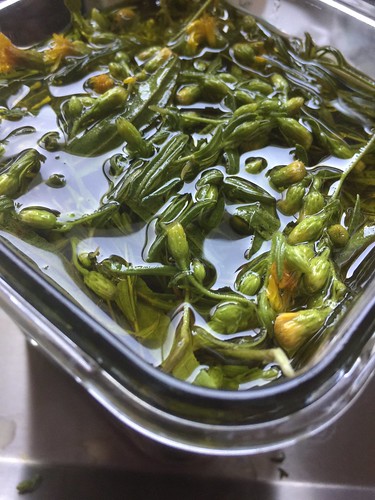
Oil infusion of elecampane flowering tops and fresh leaves. The smell was strong, resinous and true to the plant. It has a bit of a funk to it, very much like marijuana, but different.

The spent elecampane branches after steeping them to make a very strong decoction.
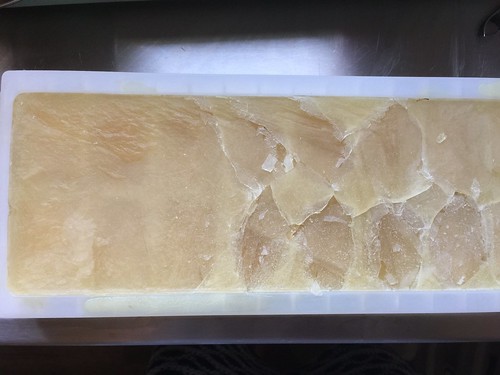
Frozen elecampane decoction. If not frozen, the various materials within the water will scorch upon contact with the sodium hydroxide (AKA lye).
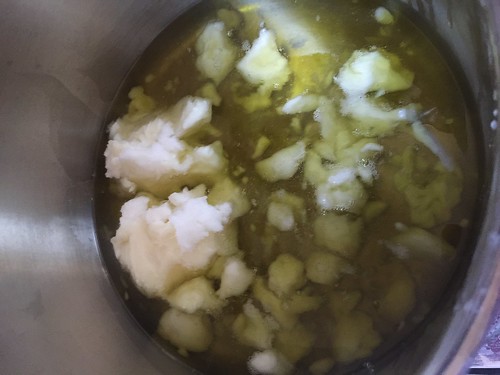
Melting the solid fats along with the oils over very low heat.
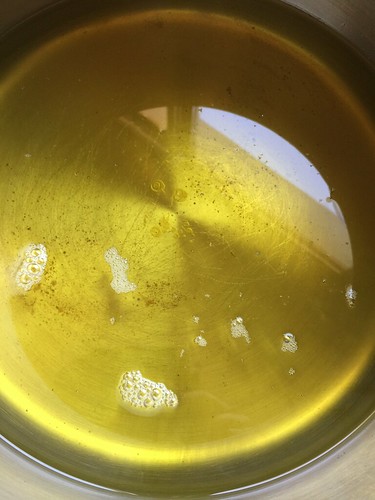
The oils are all melted nicely now! They include an oil infusion of elecampane, by the way. It was very strong smelling, with that funky resinous odour that is typical for this plant; but the scent got completely lost during the soaping process. Next time I will be infusing a lot more elecampane leaves into the entire oil/fat mixture (and this way, by using a gentle heating method, I will also skip the step of aging the infused oil).
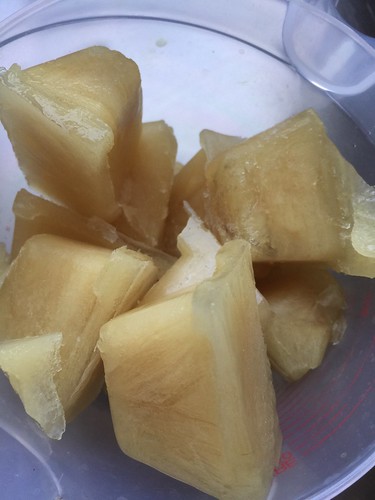
Elecampane ice cubes

Weighing the lye
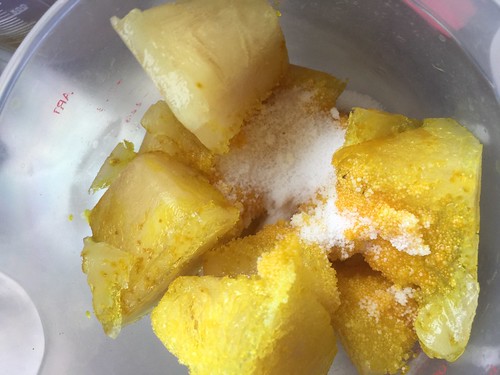
Sprinkle lye over ice cubes
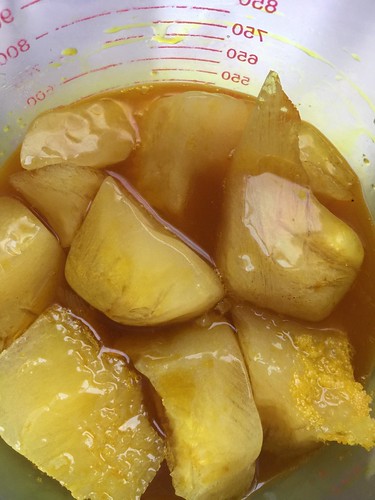
Waiting for the ice to melt...
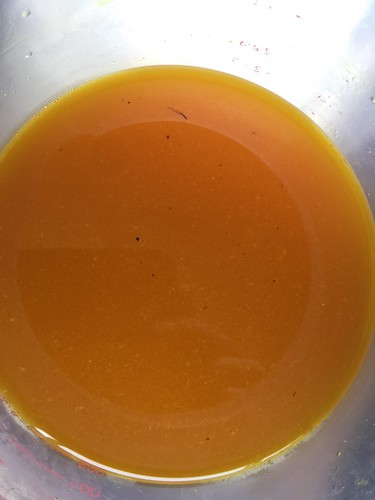
Elecampane decoction lye - don't let this honeyed look fool you. This will burn like hell if you touch it!
There are few missing photos from the process, because when mixing the oils with the lye it's a bit of a time sensitive and very hands-on process. It looks similar to making icing, and the soap mixture looks very much like custard when it's ready for pouring into the moulds.

The soap bars I got lined up that day. It was a very productive soaping day! Elecampane at the bottom, Mastic at the centre, and Absinthe & Lavender at the top. All of them will be ready November 26th.

Logs of elecampane soaps which were very soft for pulling out of the Mold. I had to wait for ten days to do it!

Elecampean soap logs gradually losing their golden look and turning olive-brown.

Elecampane soap logs are finally getting sliced!
Notice the "rind" - it will disappear once the soap is cured, due to oxidation and the gelling process.
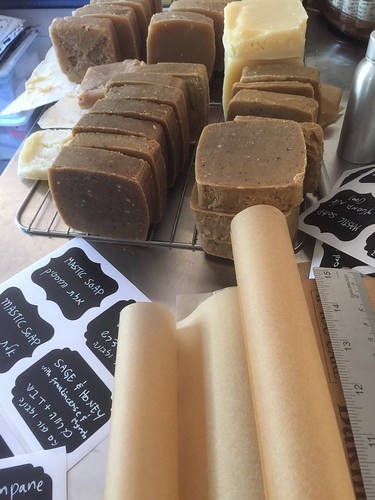
Here is a glimpse into the packing and labeling step. Even though I won't get to wrap the Elecampane soap until November 26th, when they would be fully cured and ready for you to enjoy!
You can, however,
pre-order them online already.
